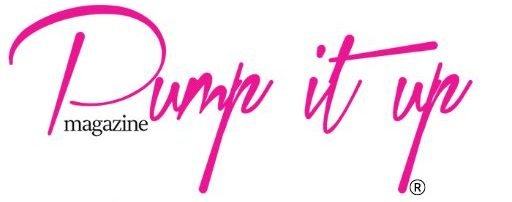Before we jump into the main focus of this blog, let’s spend a moment talking about forecasting. Specifically, what is it, and why is it important for your business? In the simplest of terms, forecasting is a way of predicting future business trends. You can use it to predict possible sales figures for an upcoming quarter or discover new industry trends that could become popular.
Forecasting is highly powerful because it gives your business a leg up on the competition. If you can forecast correctly, you can prepare for future trends before anyone else and be a pioneer in your sector. You can also use forecasts to better prepare for busy or slow periods, minimizing any negative impacts on your cash flow and helping you manage business finances the right way.
This brings us to the key topic: what are the best ways to implement forecasting in your business? You can use one approach – or many different approaches – yet these four methods tend to be the best.
Table of Contents
Image via Unsplash
Predictive Analytics
Predictive analytics incorporates machine learning and AI to help you analyze massive amounts of data in an instant. You gather data from various sets – such as your marketing campaigns, customer behavior, and so on – and then run an analysis to make sense of it. Data analytics software takes all of this in and uses machine learning to predict what might happen based on all the data it’s received.
This is a very useful method in some scenarios, such as forecasting a customer’s next purchase from your business. You can analyze their behavior and purchase history to figure out what they’re most likely to be interested in buying next. From there, you can use retargeted marketing to promote the ideal products and initiate more sales for your business.
The Delphi Method
Companies around the world adopt the Delphi Method as a way of forecasting future trends. It’s especially popular in the healthcare industry, though you can apply it to any other business setting. The concept centers on gaining expert opinions on specific topics to try and understand what could happen in the future.
This involves a series of questionnaires and interviews with various experts, culminating in a discussion period where the experts all collaborate and analyze one another’s answers. The goal is for the expert panel to reach either a consensus or a range of opinions that everyone agrees on. You can use this to predict key industry trends for your business by seeing what the experts think is likely to happen based on their knowledge and the evidence they’ve found.
Conducting Market Research
Expert knowledge is very handy, but it can sometimes cause a few blind spots when you’re forecasting for a business. An expert might believe that something will happen based on their data and facts – but what do the people think?
Conduct market research and communicate with your target audience to gauge their opinions and thoughts. This can throw up loads of useful information, particularly on things like shopping trends or future purchases. For instance, market research can tell you that most of your target market are looking to spend less money this year during the festive period. This prepares you for a slower season – so you can think of ways to keep the money flowing without suffering a cash flow slowdown. Ideas may involve running sales or putting more money into marketing in the seasons before the festive period to boost your sales and offset any losses during the slower months.
Market research may also indicate what types of products/services customers are genuinely interested in, paving the way for you to develop new ideas. You can use your research to see customer opinions on things like customer service as well – again, this helps you prepare for future trends, like using AI chatbots on your website.
Using Historical Data Trends
Speaking of trends, one of the old-school forecasting methods involves looking back at what’s happened in the past. Gather historical data and spot patterns that help you figure out any potential future trends.
It’s a tried and tested method with a pretty high success rate. For example, the historical data tells you that customers increase their spending at the start of summer. Based on your evidence, this has happened for the last decade. It’s a clear pattern, so it stands to reason your customers will be looking to spend more money at the start of summer again. You’re on top of this trend, so you can maneuver your business to be in a better position to capitalize on it.
As mentioned in the introduction, you can pick one of these methods or use a combination of them. Find out what works for your business and what makes the most sense based on your forecasting goals. Then, you’ll be ready to anticipate any trends and get ahead of your nearest rivals.













